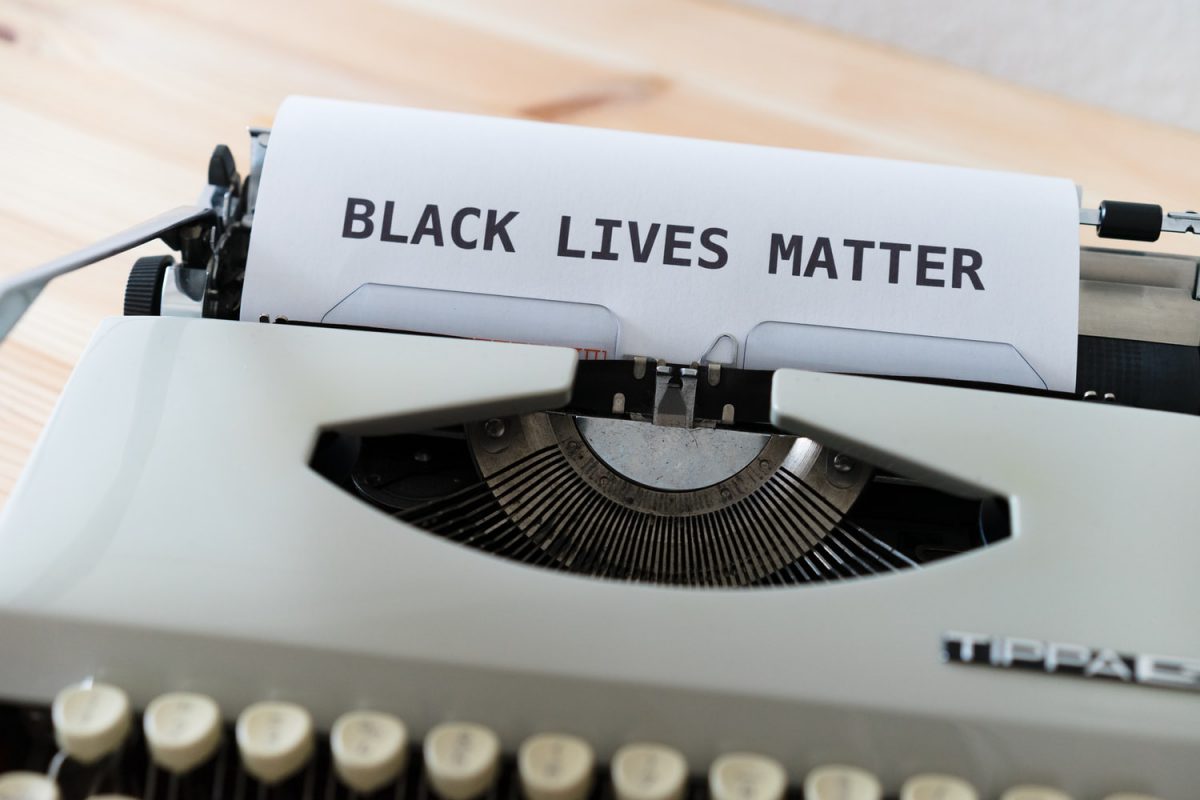For more than a decade, a favorite trope of news outlets has been the war between the generations in the workplace. As Millennials began to enter offices, article after article appeared on how ‘Generation Me’ was going to create widespread strife with their need for constant feedback and praise, their obsession with technology, and more. These attitudes and habits, the reporters alleged, would put them completely at odds with their Boomer supervisors.
As we’ve seen, Millennials have deeply impacted their workplaces, but not necessarily at a faster rate than any other generation, and certainly not in a way that’s out of sync with the broader societal forces acting on their companies. Ultimately, having an intergenerational workforce can be of great benefit if it is effectively leveraged. We’ve assembled some suggestions below to help you make the most of the age diversity present in many U.S. workplaces today.
An unprecedented five generations working side-by-side
For the first time in history, there are now five generations active in the U.S. workforce. While there is some dispute as to the actual dates that comprise each generation, the groups are as follows:
- Silent Generation (born between 1928-1945)
- Baby Boomers (1946-1964)
- Generation X (1965-1980)
- Generation Y/Millennials (1981-1996)
- Generation Z (1997-2012)
The oldest members of Generation Z are now 23, meaning that some of them have been in the workforce for 5+ years at this point. Meanwhile, the youngest members of the Silent Generation are only 75. These 75+ workers comprise between 5-10% of every state’s workforce, while countrywide, their proportion is expected to exceed 10% within a few years. With more than 50 years’ difference between the lived experiences of these two cohorts, there are bound to be some disagreements and misunderstandings. However, just as with other types of diversity, having such a range of perspectives can also be a great asset to your business.
Strategies for enabling employees of all ages to succeed
Despite their superficial differences, regardless of age or generation, many employees ultimately want a lot of the same things out of their work experience. These include opportunities for learning and growth, camaraderie and community, and to feel valued and respected. Luckily, a number of these can be achieved through the same and/or overlapping initiatives. Below are some ideas for helping employees to bridge the generational divide and drive your organization forward.
- Provide everyone with streamlined, user-friendly tools. In order to mitigate any issues stemming from varying levels of tech-savvy, design your employee experience with a focus on easy-to-use tools that make everyone feel empowered and fully able to contribute. Particularly with your communications systems, provide clear training to all employees so that no one is at a disadvantage in conversations and meetings due to challenges with technology. While this is applicable to facilitating inclusion across all demographics, it is particularly relevant for an intergenerational workforce as younger people are often more comfortable adapting to new technologies more quickly than older populations. Putting everyone on an even playing field will minimize opportunities for frustration across age gaps.
- Develop a two-way intergenerational mentoring program. Young people have a lot to learn from their older peers in the workplace, but this sentiment holds true in the opposite direction as well. There is a lot that younger people can teach their colleagues from other generations, and that should be acknowledged and capitalized upon. Establish an intergenerational mentoring program where the exchange of information flows both ways. More seasoned employees should be encouraged to be open to the input and ideas of younger coworkers, and new professionals should be urged to be receptive to the wealth of knowledge that older peers have amassed over the course of their careers. Provide conversation and activity guides to help your pairings make the most of their relationship, and consider holding innovation events such as hackathons to help them put their combined knowledge to optimal use.
- Start an intergenerational employee resource group. While most frequently focused on race and ethnicity, employee resource groups can also be a useful tool for building productive connections in an intergenerational workforce. Historically, age-based employee resource groups have typically focused on one specific demographic, e.g. young professionals. Ultimately however, companies would likely benefit more from creating opportunities for what is effectively a group-based version of the mentoring program outlined above. By creating a space that’s not explicitly focused on work in which team members from different generations can interact and team up, companies can finally combine and leverage all of the knowledge and skills within their workforce into more than the sum of their parts.
Having an intergenerational workforce can be either a blessing or a curse. For those organizations that operate in opposition to it and pit older and younger workers against one another, they will find that the antagonistic relationship between employees of different age groups can become a significant drag on productivity, engagement, and more. For organizations that view it as an asset however, and seek to build productive relationships between employees of various ages, they may very well find themselves on the forefront of innovation and broader success.
If you’re looking for a straightforward way to seize upon all three of the strategies listed above, check out Workrowd’s platform. We can help you set up and manage mentoring programs and employee resource groups, all while centralizing and streamlining employee communications. You can reach us at hello@workrowd.com.










